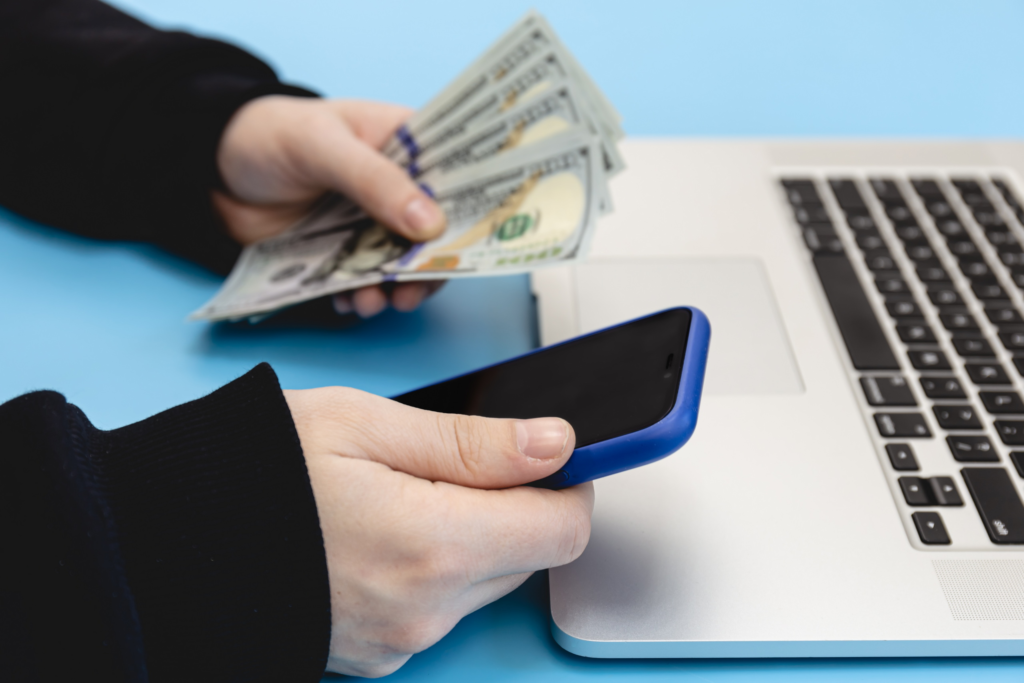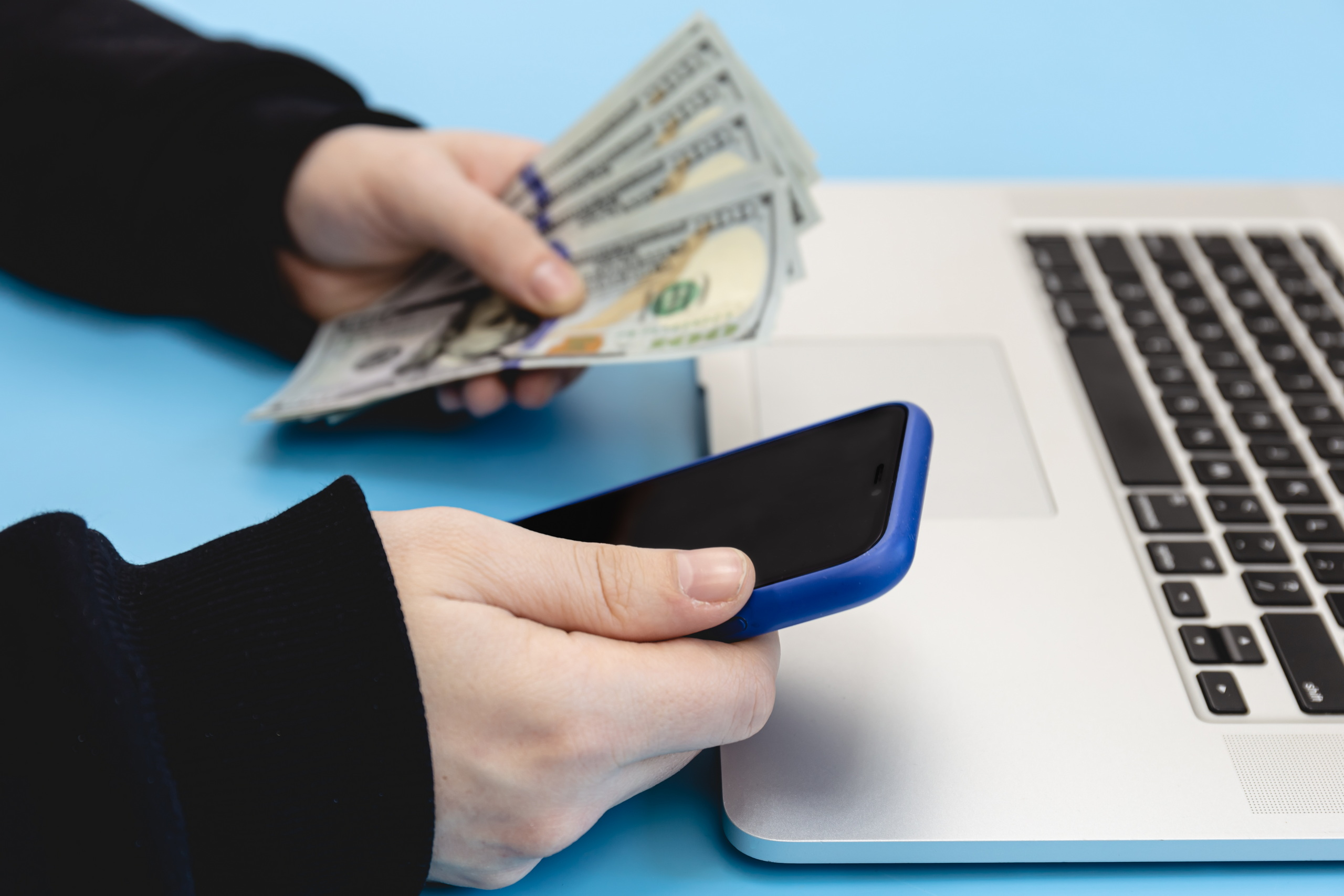Monetization Strategies for Mobile Apps: Beyond In-App Purchases

Monetization Strategies for Mobile Apps: Beyond In-App Purchases
Mobile apps are no longer just digital tools—they’re business platforms, revenue engines, and brand ambassadors rolled into one. But turning an app into a sustainable business takes more than just flashy features and downloads. You need a monetization strategy that balances user experience with business goals—especially if you want to move beyond basic in-app purchases.
For business owners building mobile experiences, this guide will unpack real-world monetization models, actionable case studies, and mistakes to avoid—so you can turn your app into a profitable digital product.
💸 Why It’s Time to Rethink In-App Purchases
In-app purchases (IAPs) have served as a go-to model for years, especially in gaming. But for most app categories—education, productivity, wellness, services—they’re no longer enough.
Limitations of IAPs:
- Low conversion rates: Only about 2–5% of users typically make IAPs (Statista).
- High platform fees: Apple and Google charge 15–30% on each purchase.
- Risk of user distrust: Overuse of IAPs can lead to churn or negative reviews.
A smarter approach? Diversify your revenue streams while keeping the user journey intuitive and value-focused.
🔟 Monetization Models That Go Beyond IAPs
Let’s explore ten strategies that successful app businesses are using today:
1. Subscription-Based Models
This model thrives on recurring revenue and long-term engagement. Users pay monthly or annually for ongoing value.
✅ Case Study: Calm
Calm offers:
- Free content to onboard users
- Tiered plans (monthly, annual, lifetime)
- Personalized meditation plans
📈 Calm’s strategy helped it generate over $200M/year in subscription revenue (Forbes).
🎯 Tip: Use onboarding flows and email nurture sequences to guide users into subscriptions gradually.
2. Freemium + Premium Features
Let users access core features for free and charge for advanced capabilities.
✅ Example: Grammarly
Users can:
- Use basic writing suggestions for free
- Upgrade for tone, clarity, and engagement enhancements
🧠 Works best for: SaaS apps, content tools, productivity platforms.
3. Ad-Supported Monetization
Display ads to generate income without charging the user directly. Must be done with balance to avoid disrupting UX.
✅ Real-World Use: Duolingo
Duolingo uses:
- Interstitial ads between lessons
- Rewards for watching video ads
- A paid tier to remove ads
📊 Mobile ad revenue reached $362 billion in 2023 and is growing at 13% YoY (Statista).
🔍 Tip: Consider rewarded ads and native ads for better engagement.
4. Pay-Per-Use or Microtransactions
Charge users for one-off uses or features. Avoids long-term commitment anxiety and encourages low-risk spending.
✅ Example: Facetune
Users can:
- Buy one-time filters or enhancements
- Access certain editing tools for a fee
🎯 Ideal for: Editing tools, AI features, calculators, or task-specific utilities.
5. Affiliate and Partner Revenue
Recommend relevant third-party services or products inside your app and earn a commission.
✅ Example: Honeygain
An app that pays users to share unused bandwidth, while promoting VPNs and performance boosters via affiliate links.
🛠 Tools to try: Tapfiliate, PartnerStack, or Skimlinks for easy setup.
6. Data Monetization (Ethically)
Use anonymized, aggregated data to provide insights to partners—while staying compliant with GDPR and CCPA.
✅ Responsible Use: Waze
Waze shares traffic trends with city planners and transport organizations to improve infrastructure.
⚠️ Never monetize personal data without explicit user consent and legal backing.
7. Licensing or White-Labeling Your Tech
If your app includes a powerful algorithm, feature, or engine, offer it as a service or white-label it.
✅ Case Study: Uber’s Logistics Engine
Uber has opened parts of its logistics stack to third parties under its B2B initiatives.
💼 Opportunity: AI features like chatbots, health monitoring, or inventory systems can be licensed to other companies.
8. E-Commerce and Merchandise Sales
If your brand has a loyal fanbase, integrate direct product sales.
✅ Example: BTS World
The app ties into physical merchandise, limited edition products, and exclusive fan experiences.
🛒 Tools: Use Shopify SDKs, Printful for dropshipping, or integrate native store APIs.
9. Community Monetization
Create a community and charge for exclusive access, ad-free experience, or expert interaction.
✅ Example: Reddit Premium
Reddit monetizes deeper engagement through:
- Exclusive avatars
- Private subreddits
- Enhanced discovery features
💬 Works well for niche communities, creators, educators, and consultants.
10. Hybrid Monetization Strategy
Combine two or more models to reach broader audience segments and increase revenue per user.
✅ Example: Duolingo (again!)
- Free + ad-supported tier
- Premium subscription
- In-app currency (gems)
📈 Hybrid monetization allowed Duolingo to exceed $500M in annual revenue.
📊 Real-World ROI: Business App Projection Example
Let’s consider a meditation app targeting wellness seekers.
| Model | Users (monthly) | Conversion Rate | Monthly Revenue |
|---|---|---|---|
| Freemium | 100,000 | 4% | $16,000 |
| Subscription (Premium) | 10,000 | 6% | $30,000 |
| Ads (Free Tier) | 90,000 | CPM $4 | $14,400 |
| Total | $60,400 |
In this case, a well-designed hybrid approach triples revenue compared to IAP alone.
📈 Monetization by App Category
| App Type | Recommended Model(s) |
|---|---|
| Fitness & Health | Subscription, community, affiliate |
| Education | Freemium, microtransactions, ads |
| Finance | Subscription, data insights (ethical), ads |
| E-commerce | Direct sales, affiliate marketing |
| SaaS | Freemium, licensing, B2B white-labeling |
| Content/Media | Subscription, community monetization, merch |
⚠️ Common Monetization Mistakes (to Avoid)
- Over-reliance on ads
→ Users leave apps that feel spammy. - No clear value before monetization
→ Users won’t pay unless they experience value first. - Inflexible pricing
→ Consider offering bundles, lifetime deals, and discounts. - No testing or iteration
→ Use A/B testing to optimize pricing, placement, and messaging. - Ignoring regulations
→ GDPR and app store guidelines are strict—compliance is non-negotiable.
🔮 The Future of App Monetization
In 2025 and beyond, smart app monetization will look like this:
- AI-driven personalization: Adaptive pricing based on behavior
- Blockchain integration: Micropayments and ownership tokens
- Community-powered commerce: UGC monetization and referral loops
- Zero-party data: Monetization built around consensual user input
🚀 Case Study: How We Helped a Health App Boost Revenue by 260%
Client: A startup meditation app struggling with IAP-only monetization.
Challenges:
- High churn rate
- Low conversion
- Limited lifetime value (LTV)
Our Strategy:
- Implemented tiered subscription plans
- Introduced a 7-day trial funnel
- Added affiliate sales of yoga gear
- Deployed native ads using contextual relevance
📈 Results (in 6 months):
- ARPU increased from $0.60 to $1.80
- Monthly revenue jumped from $12K to $43K
- App store rating improved to 4.8
🧠 Final Thoughts
Monetization isn’t about squeezing every dollar out of your users—it’s about aligning value creation with value capture. The more you help users achieve their goals, the more they’ll invest in your product.
Whether you’re building a SaaS tool, a wellness tracker, or a marketplace, the key is to choose a model (or combination) that fits your app’s core promise.
💬 If your app makes lives easier, faster, or better—there’s a way to monetize it ethically and profitably.


